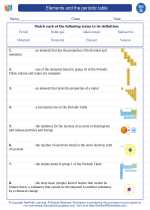Elements and the periodic table -> carbohydrates
Carbohydrates
Carbohydrates are one of the three macronutrients essential for human health, alongside proteins and fats. They are the body's main source of energy and are found in a wide variety of foods including fruits, vegetables, grains, and dairy products.
Structure of Carbohydrates
Carbohydrates are made up of carbon, hydrogen, and oxygen atoms. They are classified based on their chemical structure into three main types: monosaccharides, disaccharides, and polysaccharides.
- Monosaccharides: These are the simplest form of carbohydrates and consist of a single sugar molecule. Examples include glucose, fructose, and galactose.
- Disaccharides: These are made up of two monosaccharide units joined together. Common disaccharides include sucrose (glucose + fructose), lactose (glucose + galactose), and maltose (glucose + glucose).
- Polysaccharides: These are large molecules composed of many monosaccharide units linked together. Examples of polysaccharides include starch, glycogen, and cellulose.
Functions of Carbohydrates
Carbohydrates serve several important functions in the body:
- Energy Source: Carbohydrates are the primary fuel for the body, providing the energy needed for physical activity, brain function, and basic metabolic processes.
- Storage and Structure: Excess glucose is stored in the liver and muscles as glycogen for later use. Additionally, some carbohydrates, such as cellulose, provide structure and support in plant cells.
- Dietary Fiber: Certain carbohydrates, such as cellulose and other complex carbohydrates, are essential for maintaining digestive health and regularity.
Food Sources of Carbohydrates
Carbohydrates are found in a wide range of foods, including:
- Whole grains such as brown rice, quinoa, and oats
- Fruits and vegetables
- Legumes such as beans and lentils
- Dairy products like milk and yogurt
- Sugars and sweeteners
Importance of Carbohydrates in the Diet
Carbohydrates are an essential part of a balanced diet. They provide the body with energy, fiber, and vital nutrients. However, it's important to choose complex carbohydrates, such as whole grains and fruits, over simple sugars and processed foods to maintain overall health and well-being.
Study Guide
Here are some key points to remember about carbohydrates:
- What are the three main types of carbohydrates based on their chemical structure?
- What are the functions of carbohydrates in the body?
- Give examples of food sources that are rich in carbohydrates.
- Discuss the importance of choosing healthy carbohydrates in the diet.
[Carbohydrates] Related Worksheets and Study Guides:
.◂Science Worksheets and Study Guides Seventh Grade. Elements and the periodic table
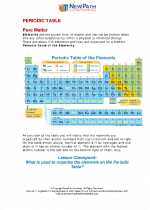
 Activity Lesson
Activity Lesson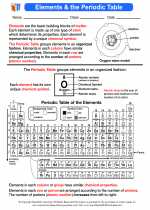
 Worksheet/Answer key
Worksheet/Answer key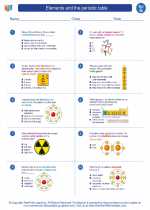
 Worksheet/Answer key
Worksheet/Answer key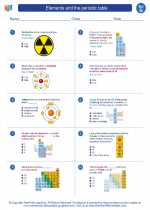
 Worksheet/Answer key
Worksheet/Answer key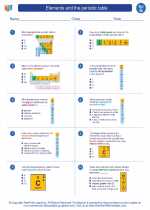
 Worksheet/Answer key
Worksheet/Answer key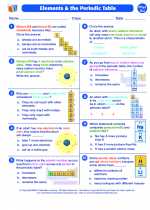
 Vocabulary/Answer key
Vocabulary/Answer key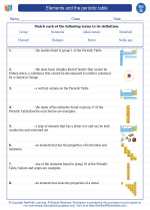
 Vocabulary/Answer key
Vocabulary/Answer key